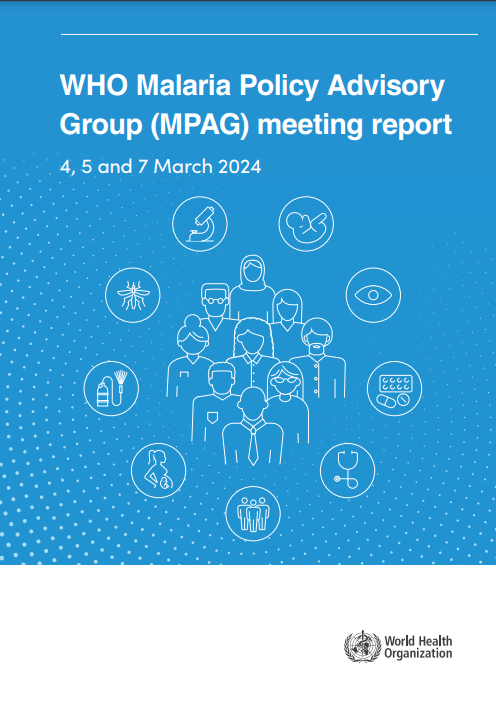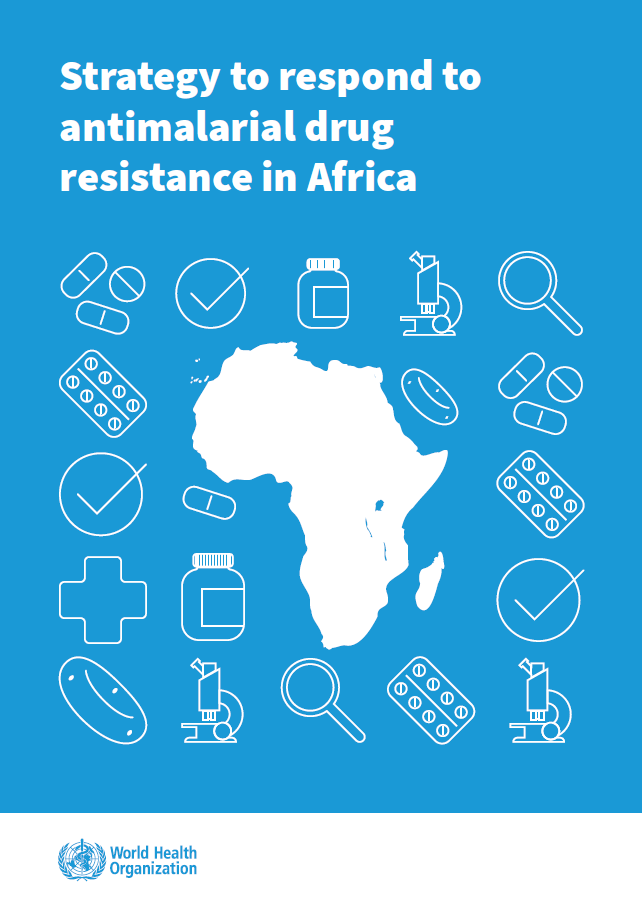Last Updated: 18/12/2024
Next-generation ELQs for long-term protection against malaria
Objectives
The specific aims of this project are to:
-
Design and synthesis of ELQ-596 derivatives with enhanced anti-plasmodial activity and antimalarial efficacy.
-
Assess and optimize compounds for in vitro potency and selectively against Plasmodium liver and blood stages.
-
Assess promising leads for in vivo safety, pharmacokinetics and efficacy against Plasmodium blood and liver stages.
-
Develop and evaluate long-acting intra-muscular injectable formulation.
Walter Reed Army Institute of Research (WRAIR), United States
This proposal addresses the Peer Reviewed Medical Research Program’s Infectious Diseases topic area of Malaria and FY23 strategic goal of Prevention to develop or optimize compounds of any preventive type. Army drug products have helped to address important gaps in the global effort to eliminate and eradicate malaria. However, malaria continues to be a threat due to the emergence of resistance to multiple classes of antimalarial drugs in many endemic regions. Primaquine (PQ), the prototypic 8-Aminoquinoline (8-AQ), and tafenoquine (TQ) are approved for human use, are suitable for prophylaxis, an important military priority, and can eliminate the hypnozoite stage of Plasmodium vivax that is responsible for relapsing malaria. However, they have limited widespread use in treating malaria since they cause oxidative stress-mediated hemolysis in glucose-6-phosphate dehydrogenase-deficient individuals, which can result in potentially fatal hemolytic anemia, and have variable efficacy in patients with cytochrome P450 2D6 polymorphisms, emphasizing the need for improved chemodiversity for drugs used against relapsing malaria. The ideal chemo-preventative antimalarial drug would be administered by mouth once a month at low doses to ensure compliance, decrease costs and diminish the likelihood for resistance. Ideally, the drug would target malaria parasites at the liver stage where parasite numbers are low and before parasite burden undergoes rapid expansion in the bloodstream. Published investigations show that the Qi targeting Pf cyt bc1 inhibitor ELQ-300, delivered as prodrug ELQ-331, exhibits all these characteristics except that it is being developed for once-weekly oral dosing in adults. Here we introduce 3-BiarylELQs as a next-generation ELQ series with excellent metabolic stability and extended duration pharmacokinetics in preliminary studies.
Hypothesis: Chemical optimization of the 3-biaryl-ELQ scaffold may yield even greater enhancements that ultimately lead to the identification of a safe and selectively potent 3-BiarylELQ for once-monthly oral prophylaxis against malaria.
Impact: For P. vivax, the current drugs primaquine and tafenoquine have major toxicity and metabolism concerns, and expensive G6PD testing is required prior to use. The goal here is to optimize and develop ELQ-596 or a structural analog for inhibitor potency, selectivity, metabolic stability, safety and superior antimalarial efficacy. Everything that we know about the mechanism of Qi targeting ELQs indicates that they will be safe for use in individuals with G6PD deficiency. Extended half-life optimization will also be prioritized to support a predicted once-monthly dosing in humans. If successful this can only improve compliance, safety and protection from malaria infection and would be a valuable tool for prophylaxis and curative treatments for both the global community and U.S. Service Members.
Short-term: Optimize and assess next-generation ELQ as both treatment and prophylactic drugs in in vitro and in vivo liver- and blood-stage malaria models. These inhibitors do not require G6PD testing associated with the current prophylactic/curative agent’s tafenoquine and primaquine.
Long-term: Generate drug products into an injectable formulation for intramuscular injections and even longer duration of protection, e.g., 3 to 6 months, for both curative treatment and prophylaxis use to combat Plasmodium species (P. falciparum and P. vivax) and resistance to benefit the military population and global health.
In Aim 1, an iterative medicinal chemistry approach will be used to design and synthesize 3biaryl-ELQs and derivatives and their prodrugs. Additionally, process improvements will be explored to scale up synthesis of lead compounds. In Aims 2 and 3, the synthesized analogs will be assessed for in vitro compound potency, selectivity and pharmacological properties, as well as in vivo preclinical pharmacokinetic, malaria efficacy and hemolytic potential. The data derived from these assessments will feed back to inform the ongoing design in Aim 1. In Aim 4, the top one or two lead compounds from the oral efficacy studies in years 1 to 3 will transition to the proof-of-concept studies as a long-acting sustained-release injectable formulations, which may provide prophylaxis for 3 months or longer.
May 2024 — May 2028
$171,000


